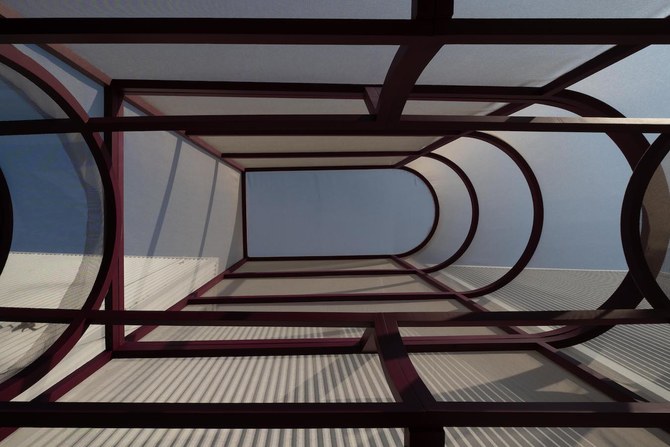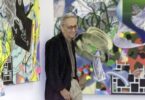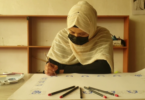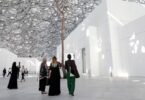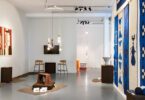Web Desk
DUBAI: Located in three distinctive areas of Dubai’s Alserkal Avenue, a creative hub in the city, is a new site-specific work by Palestinian artist Dima Srouji titled “This is Not Your Grave,” which explores architecture’s uses as shelter, resistance and oppression.
The work is part of “Walk with Me,” Alserkal Avenue’s 2024-2025 edition of public art commissions curated by London-based Zoe Whitley, a curator, writer and the director of Chisenhale Gallery in the British capital.
Whitley was inspired by Alserkal Avenue’s accessibility and range of cultural offerings for visitors on foot rather than by car. The commissions thus invite the visitor to walk in the area and discover new work. The Alserkal public art commissions, which launched in 2015, realize ambitious new works in a way that makes them accessible to Alserkal Avenue visitors both aesthetically and intellectually.
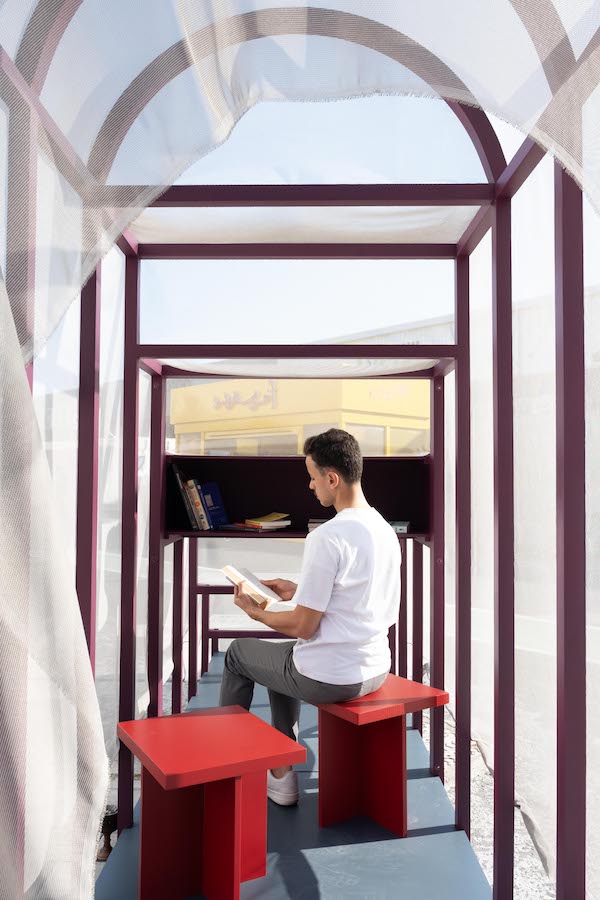
A cornerstone of Srouji’s practice is what she refers to as “the failure of architecture.”
“It is meant to protect its people and its users, mostly in relation to the basic concept of architecture, which is shelter,” she told Arab News recently.
“Over the last few years, especially during COVID, I’ve been reflecting on this idea of shelter as a sanctuary and what it means to actually create a shelter in the middle of a crisis during my childhood in Palestine,” she added. “As we’re seeing it again now in Gaza under genocide, and that we’ve noticed in the imagery of Gaza since October, but also in Palestine in general since 1948, architecture has been used as a weapon to build a Zionist state,” the artist said.
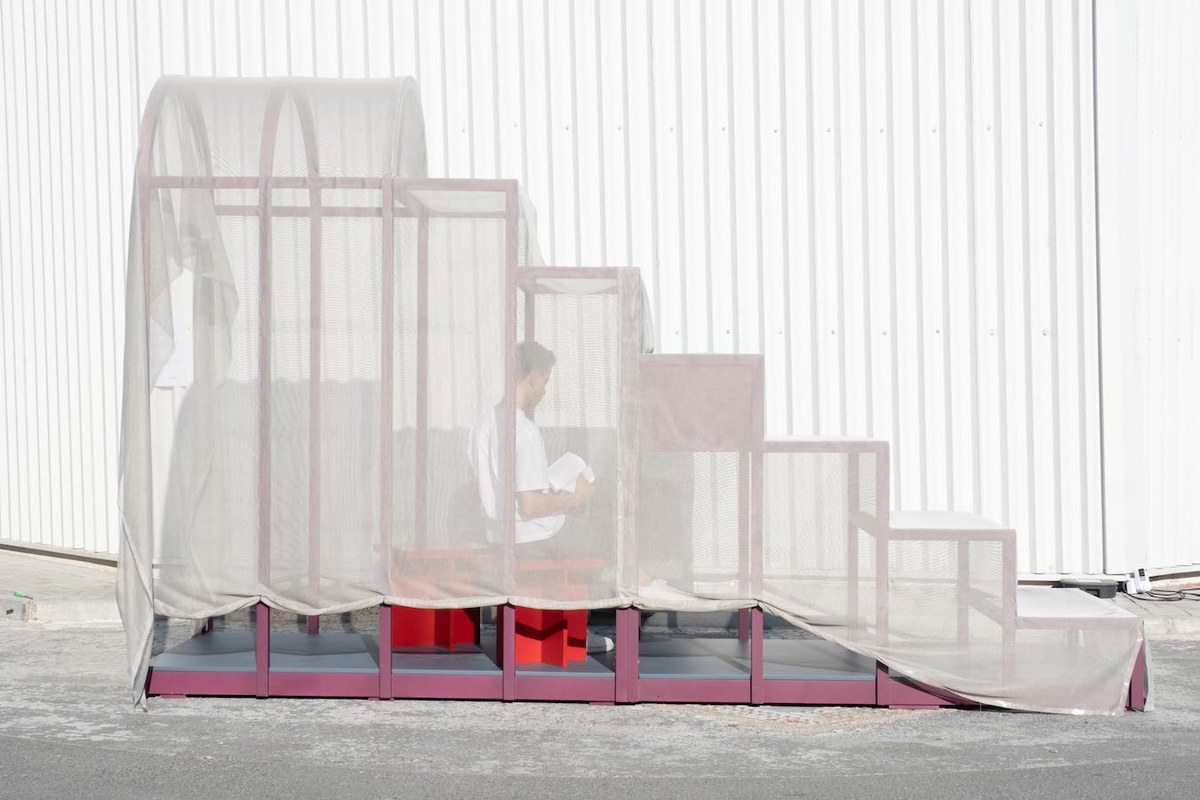
One aspect Srouji says she has been thinking about in relation to shelter is how “it is not necessarily just architectural spaces and domestic spaces where you can hide in a tunnel underground or use the tunnel underground as a space of resistance, but also elements as simple as a bathtub used as sites of shelter … because if the bombing is happening in the neighborhood nearby and you can’t run downstairs as quickly as you need to, then the closest safe space is a bathtub. The same thing with the staircase.”
The three-part installation represents a bathtub, staircase and tunnel as architectural aspects that reflect shelter.

“I’m not just interested in them architecturally because of their sense of scale as compressed spaces and so on, but actually because they are spaces where people can gather and the family structure becomes the actual sanctuary and then they serve as shelter,” she said.
Whitley says she first encountered Srouji’s work in a group exhibition in Jeddah. “I was immediately transfixed by her sensitivity to her surroundings and careful study of how cities are made, then evolve. She shows us how we move through and within spaces — often not in the way an architect intended,” she told Arab News.
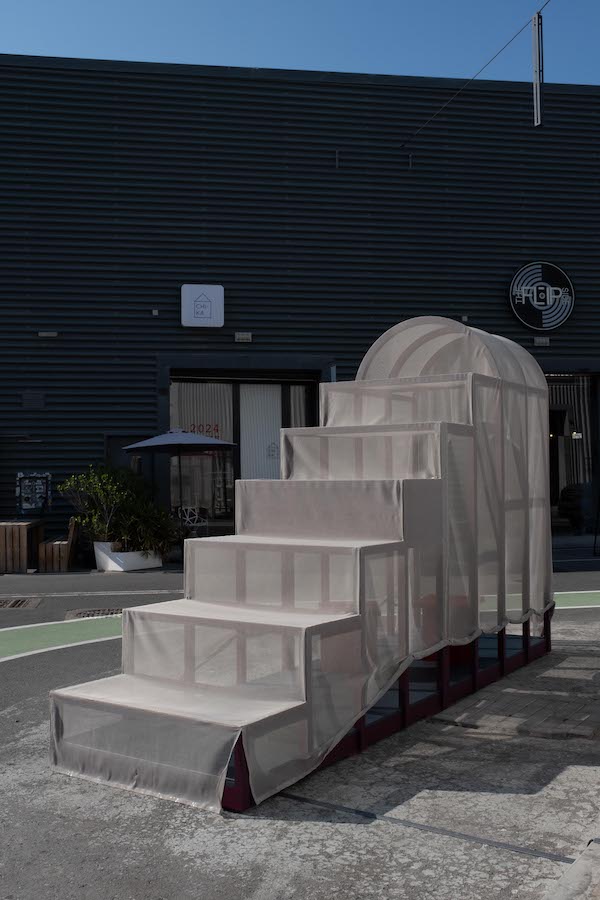
“Dima’s three-part installation very literally encourages a walk through Alserkal Avenue,” she added. “Every curator aims for ‘dwell time’ from viewers and Dima’s concept encourages us to gather, to linger and to reflect.”
Projects by artists Abbas Akhavan, Asma Belhamar and Vikram Divecha will be developed over the course of the year and will complement Srouji’s by activating and punctuating places across the site.
Srouji was 2022-2023 Jameel Fellow at London’s Victoria & Albert Museum and is currently teaching at the Royal College of Art in London. Her work is part of the permanent collections at the Stedelijk Museum Amsterdam. Victoria & Albert Museum, Institut du Monde Arabe, Corning Museum of Glass and TBA21.

